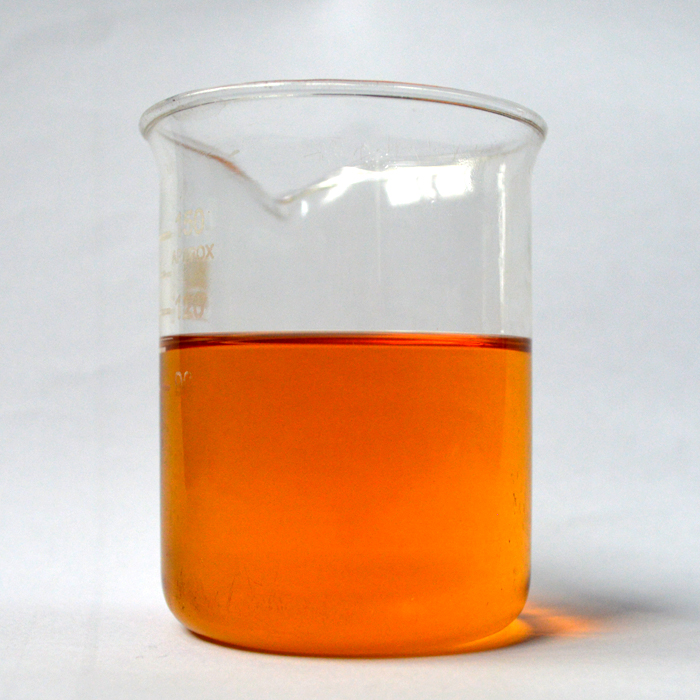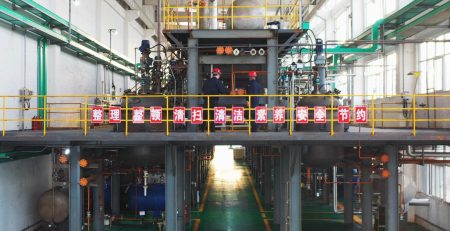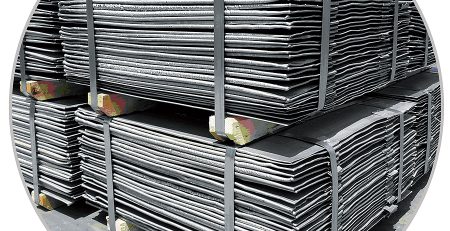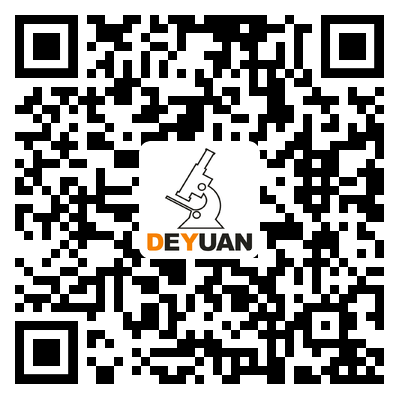Boliwia DY973N Ekstrahent miedzi
Tytuł: Unveiling the Efficiency of Bolivia DY973N Copper Extractant in Metal Recovery
Wstęp:
W dziedzinie metalurgii i przetwórstwa minerałów, the efficiency of metal extraction is a critical factor that determines economic viability and environmental sustainability. Copper, as one of the most sought-after metals, requires sophisticated extraction techniques to separate it from ores and other minerals. Boliwia, with its rich copper reserves, has embraced the innovative DY973N copper extractant to optimize the recovery process. This article introduces the Bolivia DY973N copper extractant, highlighting its properties, applications, and benefits.

The Science Behind DY973N Copper Extractant:
Bolivia DY973N copper extractant is a hydroxyoxime-based solvent used in the process of solvent extraction (SX), which is a pivotal step in hydrometallurgical copper production. This extractant has been formulated to selectively bind to copper ions in leach solutions, allowing for efficient separation from other metals and impurities.
Properties and Performance:
DY973N is known for its high selectivity towards copper ions, which ensures a more concentrated and pure copper product. It is highly effective in extracting copper from acidic solutions, typically those produced in the leaching of copper ores. Its fast kinetics facilitates rapid copper transfer from the aqueous phase to the organic phase, resulting in a more efficient production cycle.
Ponadto, the compound exhibits excellent stability under a wide range of operational conditions, maintaining its extracting capabilities even inuating pH levels and temperatures. This robustness makes DY973N a reliable choice for continuous industrial processes.
Applications and Advantages:
The use of Bolivia DY973N copper extractant is not limited to traditional mining operations. It is also utilized in the recycling of copper from electronic waste, a growing sector due to the rise in electronic device consumption and disposal.
Adopting DY973N in copper recovery processes presents several advantages:
Zwiększona wydajność: Its high selectivity leads to improved copper yields and reduced solvent consumption.
Opłacalność: By increasing the concentration of copper in the extracted phase, the amount of energy required for subsequent electrowinning steps is lowered, resulting in operational cost savings.
Environmental Impact: Its strong copper-binding properties reduce the volume of tailings and waste materials, minimizing the environmental footprint of mining activities.
Operational Flexibility: The stability of DY973N under various conditions allows for its use in diverse geographical and climatic contexts, including the unique environment of Bolivia.
W podsumowaniu, the Bolivia DY973N copper extractant is an exceptional chemical agent that significantly enhances the copper recovery process. Jego selektywność, efektywność, and stability position it as a valuable tool in the mining industry’s ongoing quest for improved metal extraction methods. As Bolivia continues to develop its mining sector, DY973N stands as a testament to the nation’s commitment to innovation and sustainability in mineral resource management.
Nasze ekstrahenty metali jak poniżej:
- P204 (D2EHPA lub HDEHP) Służy do pierwszego etapu usuwania zanieczyszczeń z rudy niklu laterytowego.
- DY319 Wysokowydajny ekstrahent niklowo-kobaltowy do recyklingu akumulatorów, może usunąć nikiel i kobalt razem z elektrolitu baterii litowej.
- DY272 Ekstrahent do separacji niklu i kobaltu, może usuwać kobalt z roztworu kobaltu niklu, następnie zostaw czysty nikiel.
- DY988N/DY973N/DY902/DY5640 odczynnik do ekstrakcji rozpuszczalnikiem miedzi.
- P507 ekstrahent metali nieżelaznych do miedzi, cynk, kobalt-nikiel, kadm, złoto Srebro, metale z grupy platynowców, pierwiastki ziem rzadkich i tak dalej.
- DY377 wydajny ekstrahent do separacji niklu i diamentów.
- DY366 Ekstrahent skandowy.
- DY316 Ekstrahent litowy.



